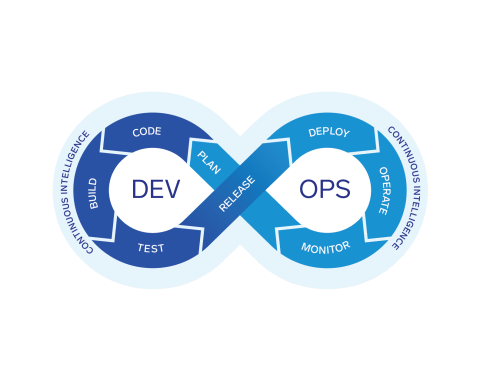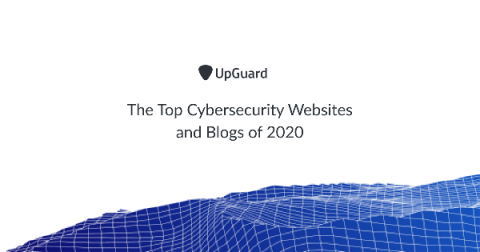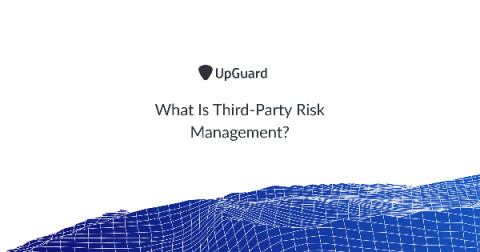Why Zero Trust in IAM is the new way forward
The increasing adoption of cloud applications and an expanding remote workforce are redefining network security. In a traditional setting, the emphasis was on perimeter-based security—assuming that everything behind the corporate firewall is safe. However, it’s clear that organizations have to rethink the philosophy of implicit trust in a corporate network.











